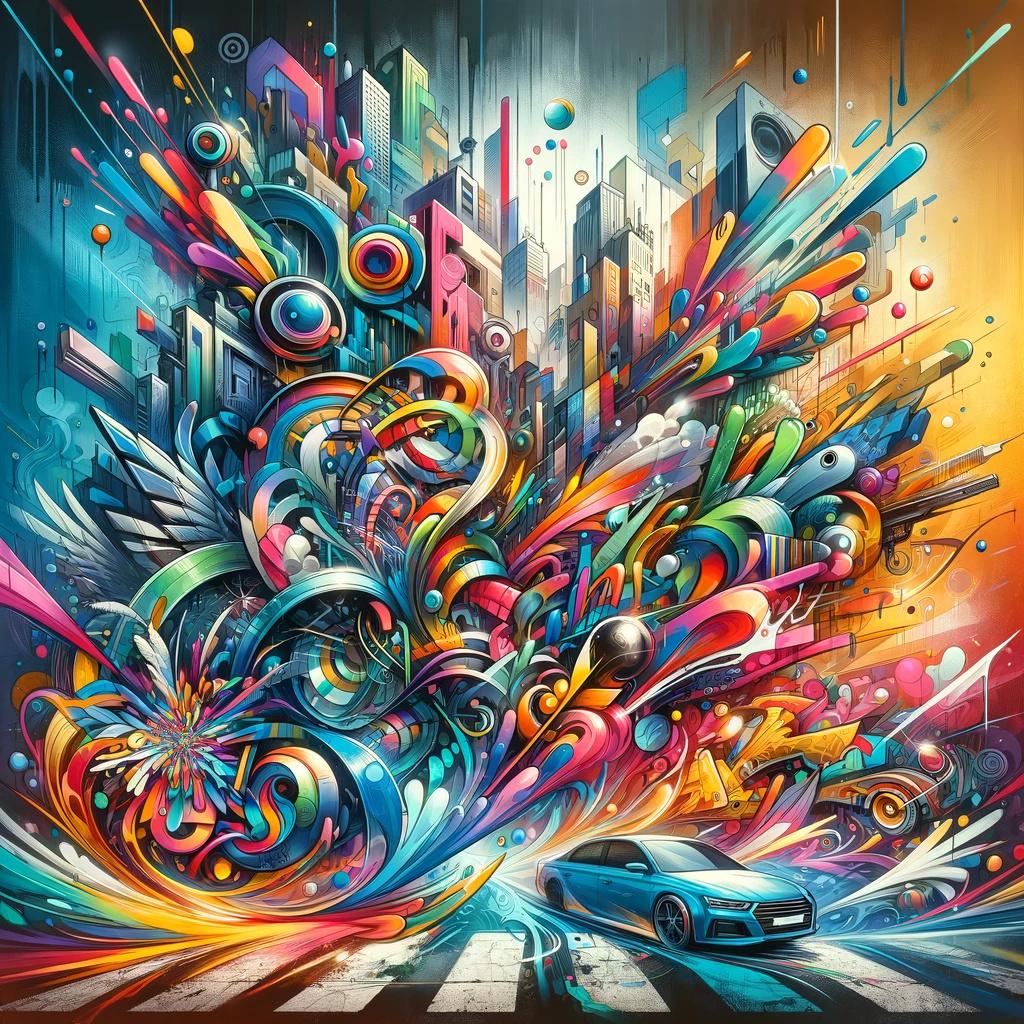Art is a language of expression, and one of its dialects that has taken the world by storm is street art. Bold and unconventional, it is a form of art that has evolved on the very streets we tread every day. Street art includes various forms such as graffiti, murals, wheatpasting, stickers, and street installations.
The Birth of Street Art
Street art finds its roots in the counterculture movements and protests of the 1960s and 1970s. Its raw, edgy, and vibrant form was initially seen as an act of rebellion against societal norms. The streets became a canvas for expressing societal discontent, political dissent, and individual identity. Over the years, this form of art has gained acceptance and recognition, establishing itself as a potent form of contemporary art.
The Many Forms of Street Art
Street art comes in many forms, each with its distinct style. Graffiti, often associated with hip-hop culture, is one of the most recognized forms, with artists using spray cans to create intricate pieces on walls, trains, and buildings. Murals are larger-scale artworks that often cover entire walls or buildings, conveying powerful messages and stories. Wheatpasting involves the pasting of posters or prints onto walls, while stickers are a form of street art that artists use to quickly and easily spread their designs.
Street installations take the art form a step further by incorporating physical objects, creating 3D pieces that interact with their surroundings. These installations can be both provocative and thought-provoking, challenging viewers to rethink their perceptions of public spaces.
Notable Street Artists: Banksy and Shepard Fairey
Banksy and Shepard Fairey are two artists who have brought street art into the global spotlight. Banksy, a pseudonymous England-based artist, is known for his satirical and subversive street art, which often contains political and social commentary. His works have appeared on walls, bridges, and streets across the world, and he has become one of the most recognized and controversial figures in the world of street art.
Shepard Fairey, an American artist and social activist, gained fame with his "Obey Giant" sticker campaign and the Barack Obama "Hope" poster. His works often include political themes and serve as critiques of capitalism, war, and power structures.
The Impact of Street Art
Street art has played a crucial role in democratizing art. By taking art out of galleries and museums and placing it in public spaces, it has made art accessible to all. It has also allowed artists to communicate directly with the public, bypassing traditional gatekeepers of the art world.
In many cities, street art has helped to revitalize neighborhoods, attract tourists, and promote cultural and creative expression. However, it also raises questions about property rights, gentrification, and the commercialization of counterculture.
Street art, in its various forms, remains a dynamic and ever-evolving field. It reflects the energy, creativity, and diversity of urban life and continues to challenge our understanding of art and public space.
To conclude, street art, with its raw and vibrant energy, is not just a form of art, it's a dialogue, an expression of the streets that embody the spirit and pulse of the city. Artists like Banksy and Shepard Fairey have redefined this space, paving the way for the new generation of artists. As we move through the streets of our cities, we are walking in a living, breathing gallery of human expression.
